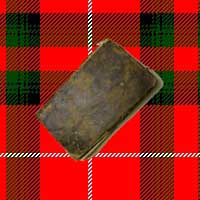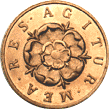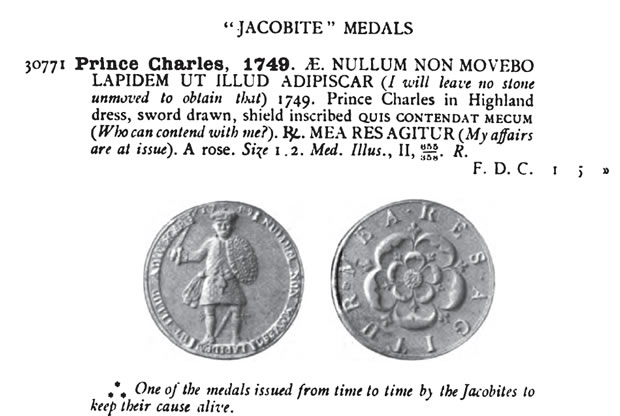This beautifully preserved memorial to the last battle on British soil fought between the army of King George II (the victors) led by his son, the Duke of Cumberland, and Bonnie Prince Charlie's Jacobite rebels is best viewed here. There is an excellent description here and the book, as a pdf, can be downloaded here:
You can also find a description at the British Battles site.
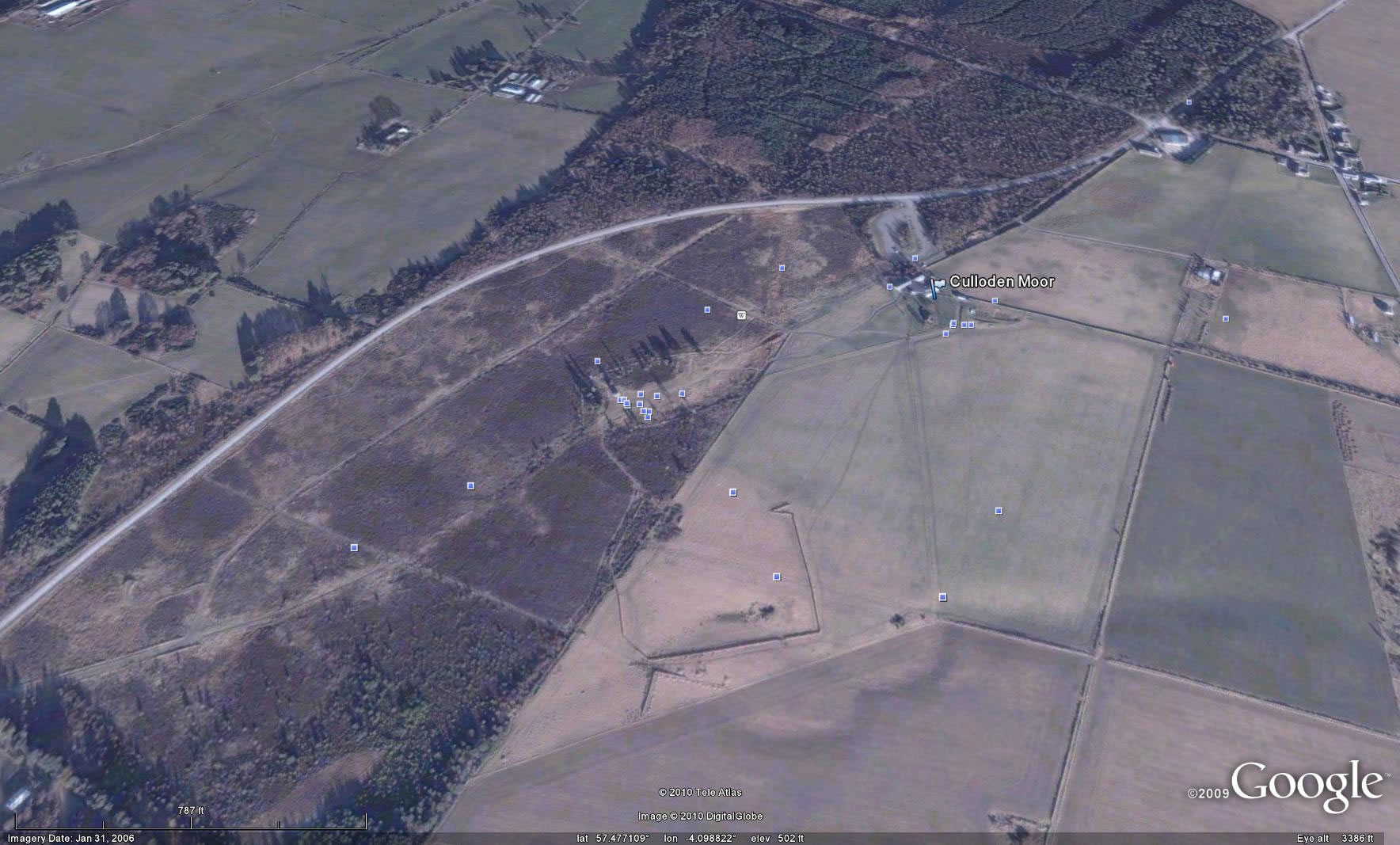
If you go to the battle site, make sure you visit the "Well of the Dead" where the Chief of the MacGillivray Clan fell.
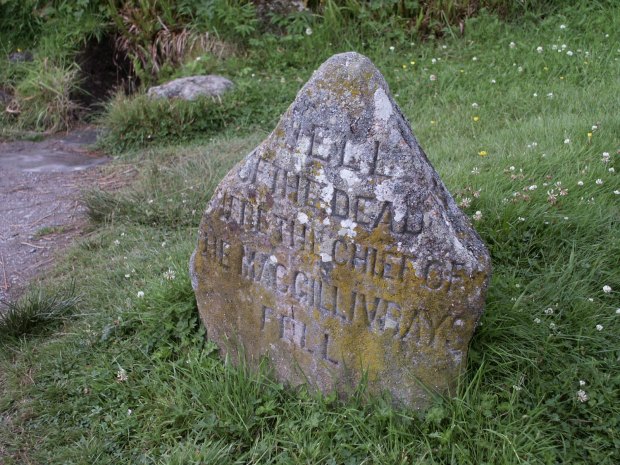
"The north side of the road all along here is skirted, but for no great depth, by a fir and larch plantation, which also occupies the whole triangular area on the south side of the western moiety of the portion in question of the public road (800 yards), the northeastern terminal angle being at the point where the long northern fence deflects to the public road. At this point, 25 yards south of the centre of the road, there is a well, about 30 yards farther east than the eastermost burial trench, and known as the "Black Well," or "Well of the Dead," some of the wounded having crawled hither to die. The length of the present north fence, from the west end of the planting to the well, is 700 yards. An irregularly oval clearing or open enclosure has been left at this spot on both sides of the road for some 240 by about 100 yards in extreme length and breadth. The principal trenches are in the southern division, in a space of about 130 by 25 yards of extreme width; but there are two or three smaller and less prominent on the north side of the road."
This picture is from the magnificent McIan's Costumes of the Clans of Scotland.
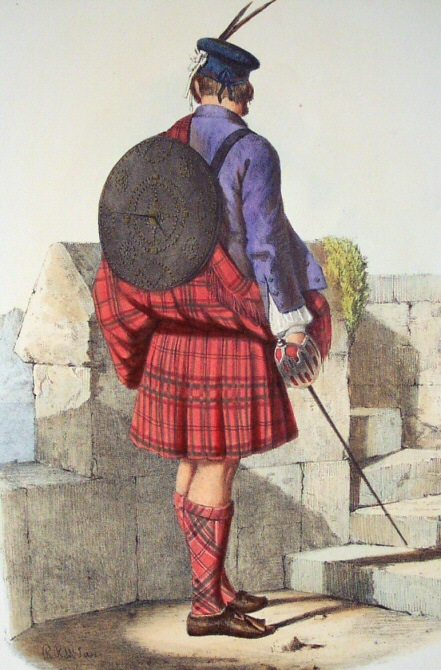
Although it is never mentioned anywhere you have to wonder why Culloden was chosen. There are two possibilities, firstly, the Clava Cairns were nearby and the Highlanders believed they drew power from their ancestors. Secondly, This was the home of Duncan Forbes, the Lord President, who was a staunch supporter of the Hanoverians and had done everything in his power to prevent men of the Scottish clans joining the rebels and yet here they were fighting their last battle right at his doorstep. With Duncan Forbes' support the rebellion would likely have shifted very much in favour of Bonnie Prince Charlie. Could the rebels have been trying to make one last attempt to change his mind and support them? Bonnie Prince Charlie stayed at the house for two days prior to the battle but Duncan Forbes had left for the Isle of Skye. Following the battle, the Duke of Cumberland's army massacred everyone, wounded, and onlookers alike, and hunted down as many of the rebels as they could find. The Highland way of life was destroyed. The Duke of Cumberland's (AKA "The Butcher") men, who had the order "No Quarter Given", even dragged nineteen wounded Highland officers, secreted in a small plantation near Culloden House, and murdered them right there at the park wall. Twelve more were dragged from the house (under the control of the greeve [Archaic English meaning "overseer"], William Rose) and also murdered after being told they were to get medical help.
Despite Duncan Forbes' best efforts to curb the army, the massacre continued. He never recovered from the depression this caused, and by December 10th, 1747 Duncan Forbes was dead.
y empty. 
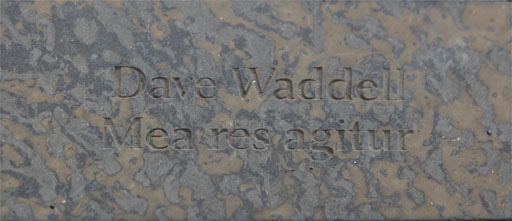
|
